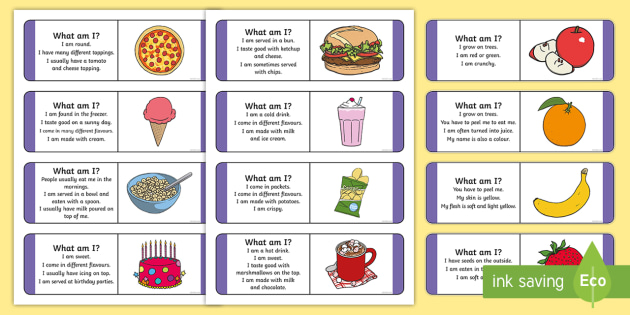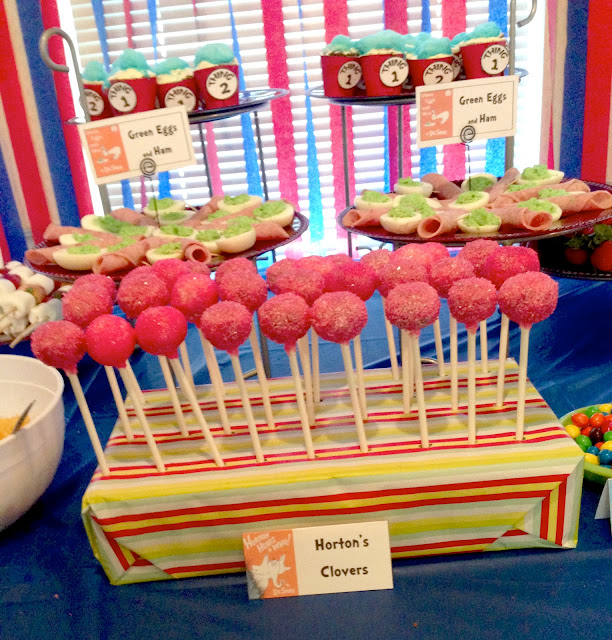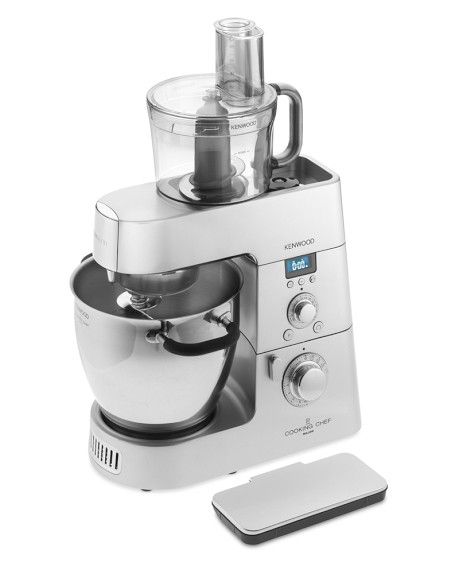Gerber baby food labels
Did Baby Food Jars Horrify African Consumers?
Claim:
African consumers were horrified by an American baby food company's product packaging.
Rating:
Legend
About this rating
One of the perennial favorites in the "bad marketing examples" sweepstakes is the tale of the mythical baby food company that failed to consider cultural differences and thereby ended up repulsing consumers in a foreign market. In this case the horrified victims are Africans, who, used to judging the contents of packaged food products by the pictures on their labels, are aghast to find jars with drawings of babies on them.
Examples:
[Harvard Business Review, 1984]
A large multinational corporation once attempted to sell baby food in an African nation by using packaging designed for its home country market. The company's regular label showed a picture of a baby with a caption describing the kind of baby food contained in the jar. African consumers took one look at the product, however, and were horrified. They interpreted the labels to mean that the jars contained ground-up babies!
[Ricks, 1993]
In areas where many of the people are illiterate, the label usually depicts a picture of what the package contains. This very logical practice proved to be quite perplexing to one big company. It tried to sell baby food in an African nation by using its regular label, which showed a baby and stated the type of baby food in the jar. Unfortunately, the local population took one look at the labels and interpreted them to mean that the jars contained ground-up babies.
Sales, of course, were terrible.5
[Collected on the Internet, 1999]
When Gerber started selling baby food in Africa, they used the same packaging as in the US, with the beautiful Caucasian baby on the label. Later they learned that in Africa, companies routinely put pictures on the label of what's inside, since most people can't read.
Perhaps this tale is so popular because it enables us to feel smugly superior to both the should-have-known-better multinational corporation, and the foreign rubes who don't understand what a jar of baby food is. Note that the examples offered are marvels of non-specificity. No company is mentioned by name in the first two, but by the third a standard law of urban folklore has kicked in and the largest and most well-known purveyor of baby food in America (Gerber) is now identified as the perpetrator. More important, all three examples cite no locale more specific than "Africa," as if the entire continent — from Tunisia to South Africa, from Senegal to Somalia — were home to a homogeneous mass of people, all of whom share a single culture and therefore all think and act alike. No doubt we're supposed to conjure up the old stereotypical images of a mysterious land chock full of dark-skinned, scantily-clad, masked savages with bones through their noses who dance rings around large iron pots of missionary soup in time to the beat of tribal drums. Where else in the world but Africa would one find so many illiterate people? And ho-ho, isn't it funny to think of those cannibalistic primitives as actually being shocked at the thought of someone else's eating ground-up humans? What irony!
No doubt we're supposed to conjure up the old stereotypical images of a mysterious land chock full of dark-skinned, scantily-clad, masked savages with bones through their noses who dance rings around large iron pots of missionary soup in time to the beat of tribal drums. Where else in the world but Africa would one find so many illiterate people? And ho-ho, isn't it funny to think of those cannibalistic primitives as actually being shocked at the thought of someone else's eating ground-up humans? What irony!
This tale is cultural prejudice at its worst; an apocryphal anecdote based on the premise of a whole society of illiterates who don't know what baby food is are credulous enough to believe that someone would sell ground-up babies as food. None of the stores selling this stuff think to correct their misperceptions, of course, nor are we apparently supposed to consider that in regions where "most people can't read," "most people" also don't generally have enough disposable income to be buying individual jars of prepared baby food in the first place.
The coup de grace in debunking improbable tales is to find other (preferably earlier) examples and variants of the same type of story, but with differing details. In this case, we have hit the mother lode. Consider the following tidbit from a 1958 Reader's Digest:
I am in the Mission Supply Store at Madang, New Guinea, and recently the senior pilot with the Christian and Missionary Alliance told me something that gave me pause — and stirred our store into sudden action. The natives around Lake Archbold are unashamedly cannibals and, he reported, they are now convinced that the missionaries are cannibals, too, on evidence observed in missionary homes. They have seen tins with a picture of a fish on the label and, sure enough, the tin contains fish. Likewise a tin of green peas has a label showing peas, and a picture of tomatoes on a tin invariably means tomatoes.
The tinned-goods firm that supplies us has been advised that it must find some means of convincing the natives that its baby food is made for babies and not of babies.
4
Hmm . . . seems this story has not only been around the block before; it's been circling for more than forty years now. This time the setting is New Guinea rather than Africa, the bemused "victims" merely see tins of baby food brought by foreigners rather than encountering them in their local stores (having cleverly figured out the relationship between label and contents all by themselves), and to make sure we don't miss the obvious joke, we're told straight out that the shocked natives are CANNIBALS and the foreigners are MISSIONARIES! That's turning the tables, eh? Irony is so much funnier when you dispense with all that subtlety stuff, isn't it?
But that's not all — the same motif turns up again, this time with the onus of misunderstanding resting square on the shoulders of the "dumb foreigners" or illiterate adults right here in America:
In America, a Chinese family bought a can of what they believed — because of the picture on the label — to be fried chicken.
They were surprised and disappointed to open it and learn the can contained only the shortening used for cooking fried chicken.1
Some Hmong bought cans of Crisco believing that the label — a picture of golden brown fried chicken — depicted the contents.2
Adults who cannot read cannot look up phone numbers. In restaurants, they always order the house special. Their children's homework is a mystery. They buy cans of Crisco, thinking it's fried chicken, because that's what the picture on the label shows.3
Improbable as they may be, tales about the misconceptions of recent immigrants from other lands and cultures make some sense, but they don't hold up when applied to non-foreign illiterates (as in the last example above). Those who can't read may miss out on a great deal, but they don't grow up completely ignorant of the conventions of the societies in which they live. Even the illiterate know from experience that a red traffic light means "stop" (whether they drive or not), that a bottle with a skull and crossbones on its label contains something poisonous, and that fried chicken is not something one purchases in a can. Or are we supposed to believe that they also pick up cartons bearing pictures of cows from the dairy aisle, expecting to find not milk inside, but roast beef?
Even the illiterate know from experience that a red traffic light means "stop" (whether they drive or not), that a bottle with a skull and crossbones on its label contains something poisonous, and that fried chicken is not something one purchases in a can. Or are we supposed to believe that they also pick up cartons bearing pictures of cows from the dairy aisle, expecting to find not milk inside, but roast beef?
Shrink Labeling Technology Enhances Shelf Appeal of Gerber's New Baby Food Product
When Gerber Products Company designed the package for its new Tender Harvest line of organic baby food products, it was a challenge to create an eye-catching shelf presence within the limitations of the small 4-oz (113g) glass jar.
Gerber selected the Endura roll-fed shrink labeling technology from B&H Labeling Systems to enhance the label aesthetics on their new shaped container while meeting fast line speed requirements.
"We wanted to design a premium package for a premium product," noted Greta Baumgart, senior packaging engineer at Gerber. "On the market shelf, the Tender Harvest container is most differentiated by the jar profile and the label appearance. Surrounded by products with paper labels, the high-gloss six-color shrink labels create a dynamic image."
"On the market shelf, the Tender Harvest container is most differentiated by the jar profile and the label appearance. Surrounded by products with paper labels, the high-gloss six-color shrink labels create a dynamic image."
Using Endura shrink labeling technology from B&H, Gerber was able to increase the label area by smoothly embracing the contour of the shaped container. Compared to the 7 ¼ square inch (18.4cm2) label panel on Gerber's traditional 4-oz baby food jar, shrink labeling the Tender Harvest container offers Gerber 10 ½ square inches (26.7cm2). The larger billboard helps achieve a greater shelf impact.
Gerber selected the Endura technology in an effort to maximize line speeds and minimize material costs. The system includes B&H's Model 8000S roll-fed labeler that is especially well suited to handle the small container at high line speeds, and the company's Model 700 shrink system.
The BH8000S features a screw infeed mechanism that maximizes container control and a vacuum drum that maximizes label control, producing attractive packages at speeds up to 800 cpm.
The Model 700 shrink system that follows the labeler heat-shrinks the label into the recessed areas of the container.
"When you're working with a very small container like ours, label registration and label height control can be difficult because the tolerances are so tight," noted Gene Christoffersen, packaging manager at Gerber's Fort Smith plant. The B&H labeler at Gerber features a standard Computerized Registration System (CRS) and optional web-tracking device that virtually eliminate out-of-tolerance labels and minimize the downtime attributable to label control.
Gerber produces all sixteen Tender Harvest jarred varieties on one line at the Fort Smith facility and the quick changeover capability of the labeling system helps maximize the plant's productivity.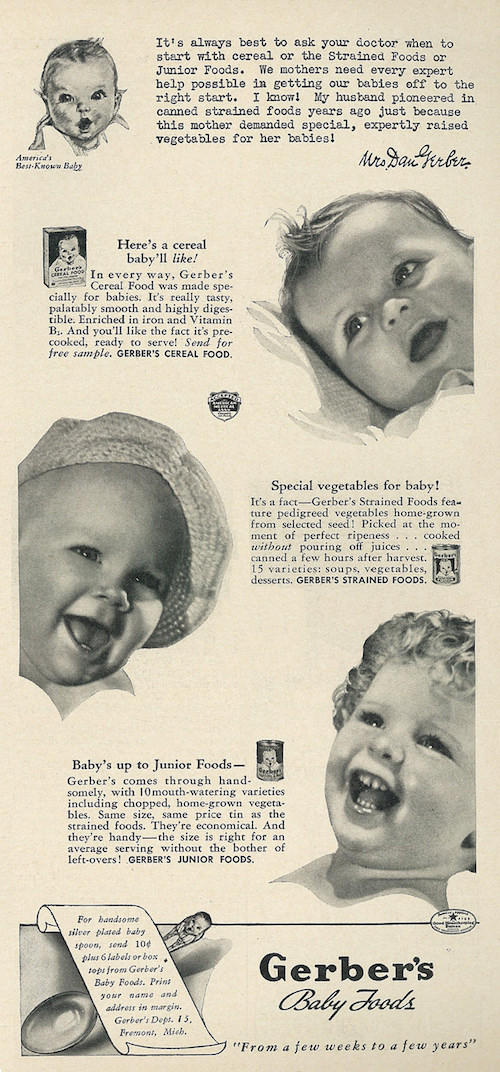 While Gerber currently benefits from label changes that now take only a matter of minutes, their packaging engineers are also aware of the capability to do fast and accurate container size changeovers.
While Gerber currently benefits from label changes that now take only a matter of minutes, their packaging engineers are also aware of the capability to do fast and accurate container size changeovers.
"We want to be as versatile as we can be and the B&H system helps us maximize our production flexibility," noted Howard Moss, engineering manager at Fort Smith.
The support and service offered by B&H before, during, and after installation helped make Gerber's transition to roll-fed labeling a success. "We had to have the equipment quickly and we really put B&H under the gun to deliver. They did their job well so when the machine arrived, it satisfied us," Moss said.
Marlin Evans, labeling machine operator at Fort Smith added, "B&H provided training with the machine, which was very important to us because we were experienced only with cut and stack labeling systems. They showed us how to handle preventative maintenance and how to maximize the efficiency of the machine."
They showed us how to handle preventative maintenance and how to maximize the efficiency of the machine."
For more information contact B&H Labeling Systems, P.O. Box 247, Ceres, CA 95307. Tel: 209 537 5785; Fax: 209 537 6854.
The label kid: the story of the baby from the Gerber baby food packaging - from a simple sketch to the present day
May 16, 2020
CHIPS journal
Recently, foreign resources about children happily announced a new "Gerber baby": an annual competition for the position of official baby food company ended in favor of adorable one-year-old Magnolia. She became the first adopted child to win the company's photography competition. To find out where the tradition came from to choose the face of the company every year, and who was the first "Gerber baby", we studied the history of the company. Here's what we got. nine0003
Photo: CHIPS journalCHIPS journal
The idea to put a baby on a package of baby food came from the head of the Fremont Cannery Company, Dan Gerber, in 1928.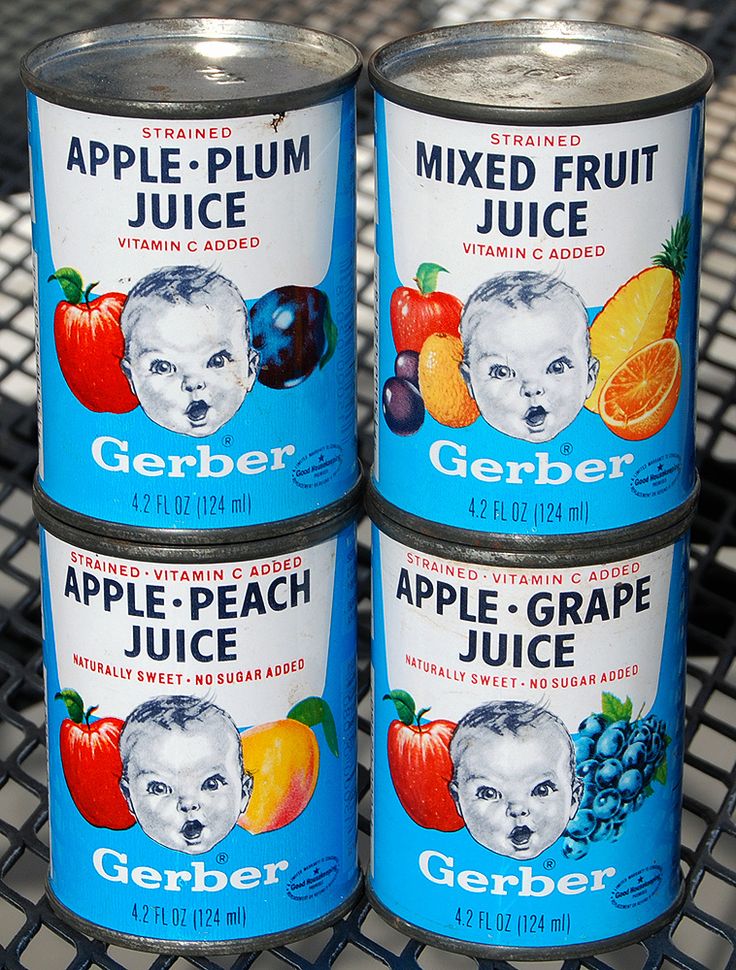 He launched a competition for a portrait of a child whose face would best fit a new brand of baby food. Many artists entered the competition, but the victory went to Dorothy Hope Smith of Connecticut, who submitted a quick charcoal sketch to the competition.
He launched a competition for a portrait of a child whose face would best fit a new brand of baby food. Many artists entered the competition, but the victory went to Dorothy Hope Smith of Connecticut, who submitted a quick charcoal sketch to the competition.
Video of the day
At 19In 1931, the portrait of the "Gerber baby" became the official logo of the company, and in 1941 it was renamed the Gerber Products Company. The model for the fateful drawing was the daughter of the artist's neighbors, Ann Turner Cook, who later became a writer of mystical novels and an English teacher.
Receipts! pic.twitter.com/UBzFaBSxPK
— Chris Colin (@chriscolin3000) June 4, 2018
In 2011, Gerber launched a competition to find a new face for the company, in which over 217,000 children took part. Inspired by the success of the competition, the company's employees decided to hold it annually and still do it. “The photo contest is a joyful moment that many families look forward to every year,” said company spokeswoman Kelly Schneider.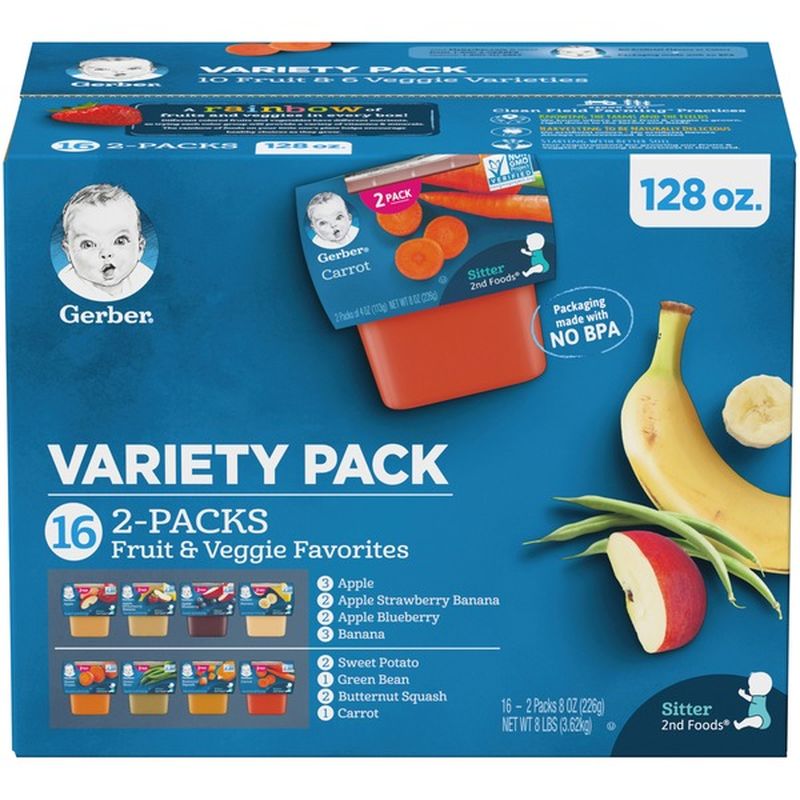 nine0003
nine0003
In addition to using their photos in the brand's advertising campaigns throughout the year, the "Gerber children" receive a cash prize. In 2014, two children became officials of the company at once: the twins Levi and Paxton Strickland. In 2018, one-year-old Lucas Warren won the photo contest, becoming the first “Gerber baby” with Down syndrome (he even managed to meet Ann Turner in person, by the way – look how cute they are!).
A year after Lucas, Kairi Yang was elected as the company's official, and she became the first "Gerber child" with Hmong roots (Hmong is a Vietnamese people). And this year, little Magnolia Earl, who continued the line of unique children in Gerber advertising, was honored to represent the world famous brand of baby food, she became the first adopted child among the winners of the competition. nine0003
View this post on Instagram
Hello and congratulations to Magnolia, our 2020 Gerber Spokesbaby! We're thrilled to welcome you to our growing Gerber family! Please join Gerber and our friends @verizon, @walmart, and @gerberchildrenswear in sending Magnolia lots of love! To meet Magnolia, visit the link in bio.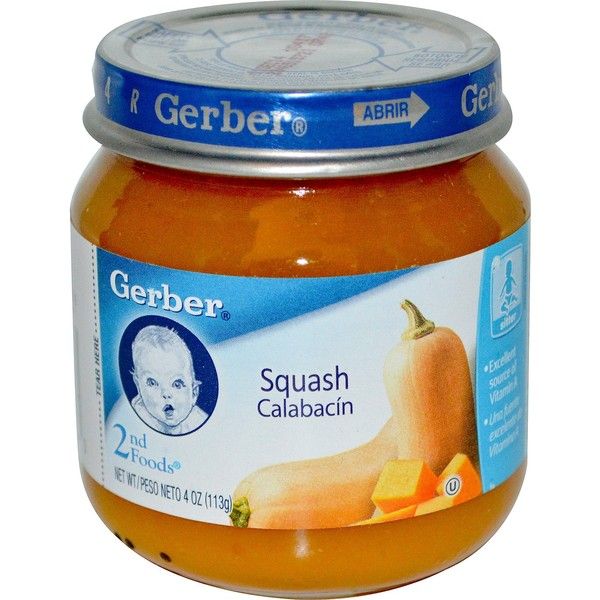 #AnythingforBaby #GerberPhotoSearch3020 #GerberSpokesbaby2020
#AnythingforBaby #GerberPhotoSearch3020 #GerberSpokesbaby2020
Posted by @gerber
May 8, 2020 at 6:52 AM PDT
“This year we are incredibly excited – maybe more than ever – to celebrate with Magnolia and her family , and families from all over America,” said Kelly Schneider. “The coronavirus pandemic has made us feel more alone than ever, and new ways to connect with each other have added value.” nine0003
Radiant Magnolia's foster family received a cash prize of $25,000, a head-to-head promotional contact with Gerber, and valuable prizes from contest partners.
More to read
Lego, Yo-Yo, Slinky and more: what we need to know about the history of the creation of iconic toys
Nutritionists recommend: allow children to eat pasta during quarantine a mysterious baby with a jar of popular baby food Gerber
A woman whose face has been known to the whole world for almost a hundred years has died in the USA.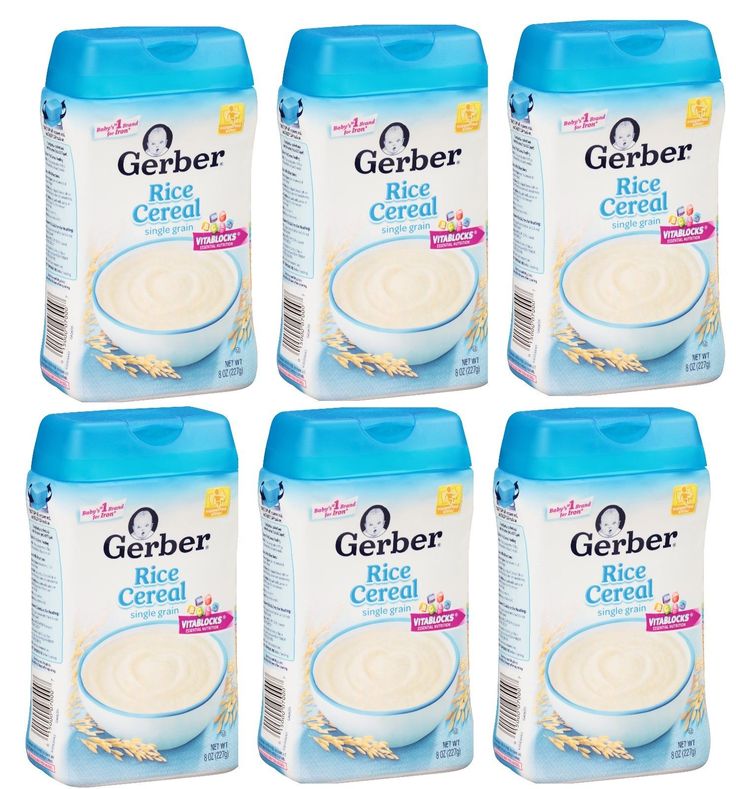 Ann Turner Cook is exactly that big-eyed baby from the jar of the famous baby food brand Gerber. Until the last days, this woman remained energetic and no less charming than in her distant childhood - when her amazing eyes so captivated the jury members of the competition for the best logo for the company. About how the fate of the baby from the baby food label turned out and why she was silent for many years about her involvement in this brand - in our material. nine0003
Ann Turner Cook is exactly that big-eyed baby from the jar of the famous baby food brand Gerber. Until the last days, this woman remained energetic and no less charming than in her distant childhood - when her amazing eyes so captivated the jury members of the competition for the best logo for the company. About how the fate of the baby from the baby food label turned out and why she was silent for many years about her involvement in this brand - in our material. nine0003
Wise wife
This story began in 1927. One morning, Mrs. Dorothy, the wife of cannery owner Frank Gerber, said to her husband, “Honey, I'm so tired of mixing the puree for our little daughter by hand every day! Maybe your company will start producing not only tomato paste for adults, but also food for babies?
Baby Ann's face on baby food packages of yesteryear and now.
This is how the first five types of baby puree from Gerber appeared, which soon became the most popular brand among mothers in America, and then in other parts of the world.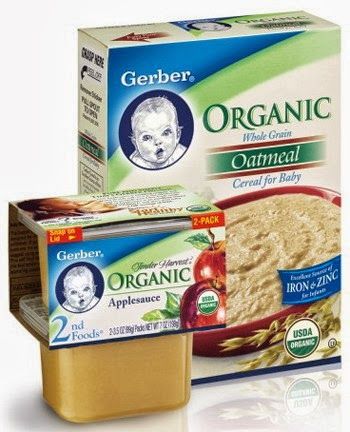 nine0003
nine0003
The advertising campaign was very well thought out and expensive - all that remained was to come up with a memorable logo that new mothers would love so much.
READ ALSO:Who was the woman who discovered alchemy: Plato's daughter, Moses' sister, or Mary Magdalene is an artist and the namesake of the owner's wife. It was she who sketched on paper this cute baby face with incredibly beautiful, huge eyes. But it was not a fictional baby - the daughter of her neighbors, 5-month-old Ann Turner, became the model for Dorothy. nine0003
Ann Turner Cook many years later with her portrait.
Submitting this simple black and white portrait to the competition, Dorothy made a note to the organizers: “This is just a sketch. If you choose my logo, I will finalize it.” However, this simple baby face with a surprised look sunk into the souls of the judges so much that they not only chose it as the ideal logo, but also decided that nothing needs to be improved in it - otherwise the baby’s face will turn out to be glossy artificial.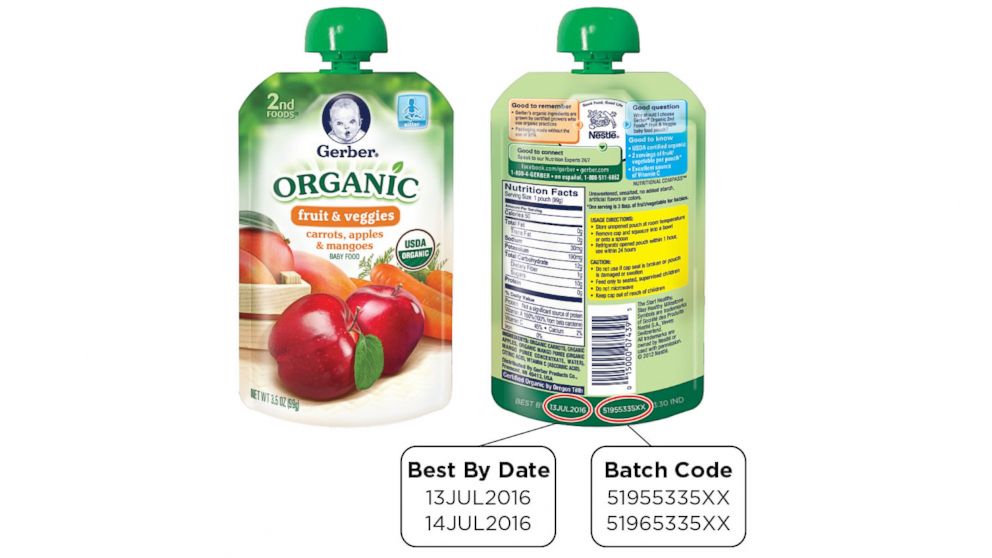 Let naughty curls, bow-shaped lips, grimy cheeks remain, as if stained with delicious mashed potatoes. nine0003
Let naughty curls, bow-shaped lips, grimy cheeks remain, as if stained with delicious mashed potatoes. nine0003
The artist was paid $300, she sold the rights to the portrait of baby Ann to baby food companies.
Ann and a jar of puree.
Unraveling the mystery
From the first months of her life, millions of mothers and babies in America and other countries have seen the face of this baby, and, of course, many wondered: who is this child? There were even rumors that little Elizabeth Taylor was depicted on the jars, and someone even thought that it was a boy. However, neither Ann Turner Cook's relatives, nor she herself sought to reveal the secret to the whole world. By the way, the girl from an early age knew that it was her face that was depicted on the jars, but due to modesty she never boasted about it. nine0003
She knew she was the face of a baby food brand, but she tried not to tell anyone about it.
As an adult, Ann received her master's degree and began teaching English at a Florida school. The children loved the charming, patient and kind teacher very much. So the years went by. Ms. Cook's teaching career proved to be successful and eventually she even headed the department at Hillsborough High School.
READ ALSO: How a man who could not read and write managed to work as a school teacher for almost 20 years
People only learned about who is depicted on Gerber jars in 1978, when Ann took part in a popular talk show. This was followed by several of her interviews with local newspapers, but nothing more - she never aspired to publicity.
This woman remained in the shadows for half a century, but then she decided to tell her story to her compatriots. /Photo: tinmoi.vn.
Recent years
In retirement, Ann Turner Cook began writing books. Several mystical novels came out from under her pen. In recent years, she has also been among those who have selected children for Gerber advertising campaigns. So, for example, in 2018, a baby with Down syndrome, Lucas Warren, became the face of the company. nine0003
In recent years, she has also been among those who have selected children for Gerber advertising campaigns. So, for example, in 2018, a baby with Down syndrome, Lucas Warren, became the face of the company. nine0003
Ann and baby Lucas chosen for the campaign.
According to Ann's son, his mother was always active, cheerful and had a great sense of humor. Her life was cut short due to an unfortunate injury. At the end of May, she fell unsuccessfully and ended up in the hospital. She died in early June, surrounded by loving loved ones. They say that until the last day she remained optimistic and even joked.
Until the last days she remained cheerful and charming. /Photo:tinmoi.vn
The twists and turns of human destinies are sometimes truly incredible. Such amazing things happen in life that you are simply amazed: how could this happen? For example, after a divorce, 30-year-old Kathy from the United States decided to drastically change her life and become a foster mother.



